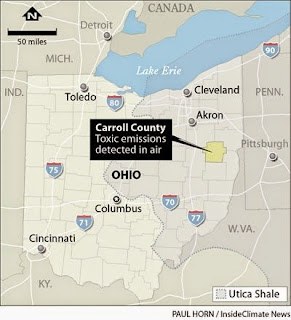Amtrak's problems and our own will be compounded if
the American people conclude that passenger trains are unsafe,
especially if they decide to travel by car instead. Here are the
data on annual number of deaths per mile travelled, supplied by
Christopher Ingraham of the Washington Post.
Cass Sunstein, Administrator of
the Office of Information and Regulatory Affairs during President
Obama's first term, is a lawyer by profession, but his books
and articles draw heavily on research in social psychology. In a
recent op-ed, he mentions two reasons people might overreact to
news of the Amtrak tragedy.
- Probability neglect. When deciding on a course of action, a rational decision maker should weight the utility of each alternative by its probability. Sunstein coined the term probability neglect to refer to people's tendency to completely ignore probabilities when making their decisions. As a result, our actions are influenced far too much by low probability risks, such as the chance of a plane crash, and low probabilty benefits, such as winning the Powerball lottery.
Sunstein overstates his case when he claims that probabilities are
completely neglected,
but there is evidence from psychologist Paul
Slovic and others that average citizens do a poor job of estimating the risks posed by various activities and technologies, when the
judgments of experts are used as the criterion of accuracy. An
example is nuclear power, which is judged to be much more dangerous
by non-experts than experts. When experts make risk assessments,
their estimates are largely determined by annual numbers of
fatalities, while lay people's judgments are influenced by other
characteristics such as catastrophic potential.
- Availability heuristic. Sunstein's second reason that people might overreact to the Amtrak accident helps to explain some of our poor risk judgments. A judgmental heuristic is a simple rule that people use to make decisions quickly and without much thought. The availability heuristic, first identified by Amos Tversky and Daniel Kahneman, states that the frequency of some object or event is judged on the basis of how easily it can be brought to mind. For example, availability is influenced by proximity in space and time; that is, we are more likely to recall events that occurred nearby or recently. Please check out this brief explanation of the concept.
As noted in the video, one factor determining availability is the salience or emotional impact
of an event. When asked to estimate the frequency of various causes of death, we overestimate those that are more dramatic, such as
homicides and accidents, while underestimating more mundane causes,
such as heart disease or diabetes. A followup study showed parallel differences in the amounts of attention given to these causes of death by the news media. Since the media usually
devote more attention to infrequent events, such as plane and train
wrecks, than ordinary, everday occurrences—the “man bites dog” phenomenon—they contribute to our tendency to overestimate the
probability of rare events and underestimate more common ones.
My intent is not to
criticize media coverage of events like the Amtrak accident. In
fact, my first impulse was to include a picture of the accident, thereby
making myself part of the problem. Our task, as critical readers,
is to remind ourselves to place media publicity in its larger statistical context,
and to start being less afraid of Ebola, for example, and more afraid of obesity.
You may also be interested in reading:
Death By Anecdote, Part 1
Good Studies Go to the Back of the Bus
You may also be interested in reading:
Death By Anecdote, Part 1
Good Studies Go to the Back of the Bus







